Welcome to my (Travel) World
Last night was a big night in the turtle emergency room.
After a night of no turtle show at all, I went patrolling on the second (the midnight to 4 am) shift.
***For those who don’t know much about the fascination - or even my fascination - of sea turtles, I advise you to visit websites such as: www.seaturtles.org or www.turtlenorth.ca (by fellow volunteer Mike who also describes the experience very well in his letter).
Or simply imagine that these creatures are true living dinosaurs of extraordinary beauty while they are navigating through the oceans and of surprising elegance while they are crawling out of the waves and digging a perfect hole on the beach to lay their eggs.
There are 7 species of sea turtles, 6 of which are currently in acute danger of extinction, their biggest, but not only, enemy being humans.
Considering that only one turtle out of 1000 eggs will naturally survive and reproduce, every effort is needed to save eggs and landing mother turtles that come out at night to the beaches.
Sarah Eve
11 hoofdstukken
protigiendo las tortugas
maart 23, 2010
|
Parismina, Costa Rica
Last night was a big night in the turtle emergency room.
After a night of no turtle show at all, I went patrolling on the second (the midnight to 4 am) shift.
***For those who don’t know much about the fascination - or even my fascination - of sea turtles, I advise you to visit websites such as: www.seaturtles.org or www.turtlenorth.ca (by fellow volunteer Mike who also describes the experience very well in his letter).
Or simply imagine that these creatures are true living dinosaurs of extraordinary beauty while they are navigating through the oceans and of surprising elegance while they are crawling out of the waves and digging a perfect hole on the beach to lay their eggs.
There are 7 species of sea turtles, 6 of which are currently in acute danger of extinction, their biggest, but not only, enemy being humans.
Considering that only one turtle out of 1000 eggs will naturally survive and reproduce, every effort is needed to save eggs and landing mother turtles that come out at night to the beaches.
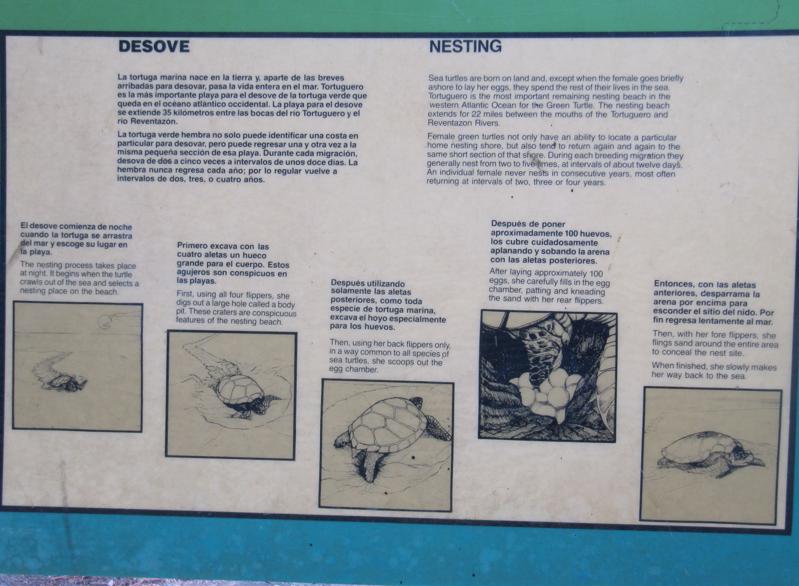
Therefore, a major part in turtle conservation volunteering is always (night) patrolling the concerned beaches during nesting season in the effort to fetch their eggs before others do. The poachers' interest is to sell them illegally for high prices to those who erroneously believe in their aphrodisiac effect.
Additionally, some species also need protection from slaughter as their meat is sold as a delicacy.
On last night’s night shift, only 20 minutes walking into the pitch-black night between ocean and palm trees (and it had been raining when we started), we already saw a turtle, and not just any, but a Leatherback turtle, a main motivation for me to come to this remote area of the country! Of course, I would have been excited about any turtle, but seeing a Leatherback had once been described to me as "seeing a small car exiting the water". It is the biggest of all turtles, and I did not get to see one during my previous sea turtle
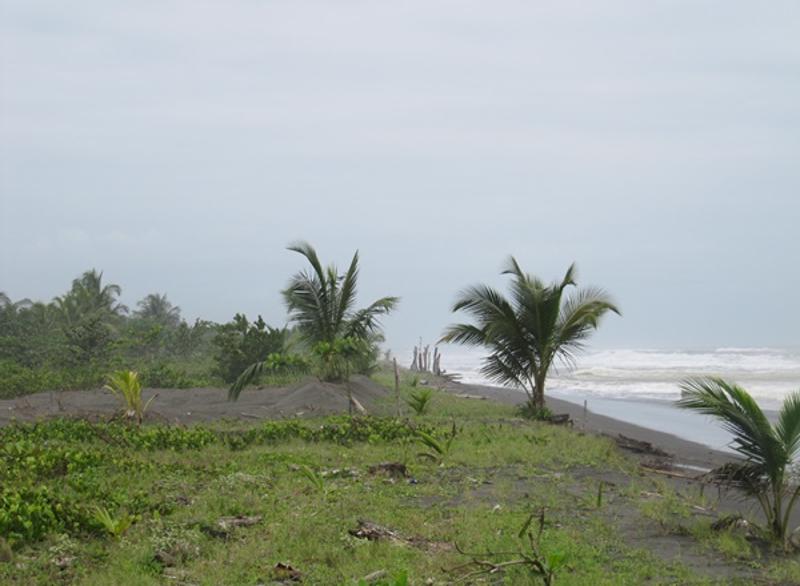

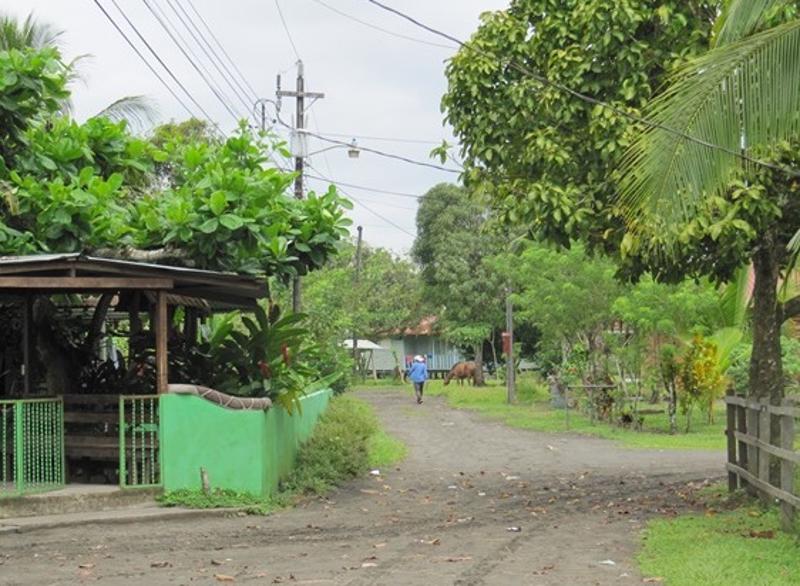
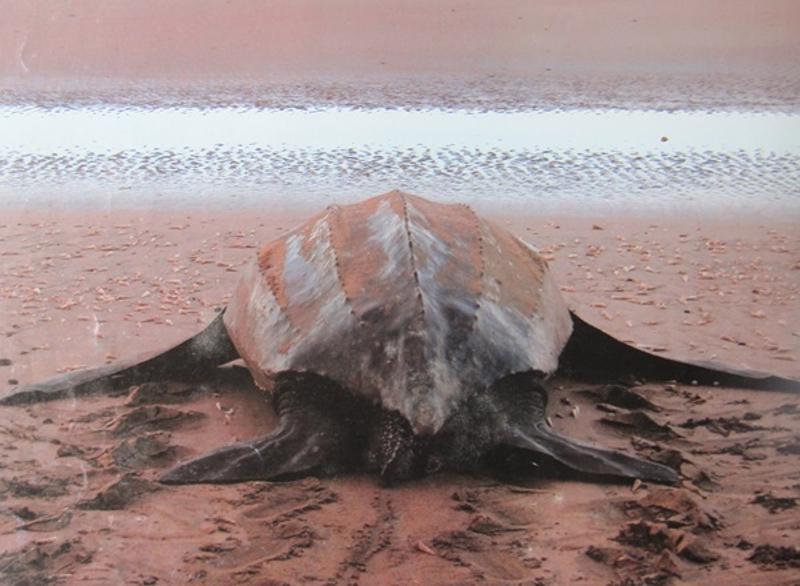
volunteering in Mexico.
This one was still in the process of digging the nest into the compact sand, something that remains incredible to me: how is it possible to make a perfect, ca. 40 cm wide, and 80 cm deep hole with two huge back flippers?
Our guide distributed the roles, and I got to lay flat on the sand at the turtle’s rear end to collect the pool ball-sized eggs that she dropped. We also took her measurements - carapace length 1,90m and width 1,48m - and tag number when she started camouflaging the hole. Soon she would be finished and disappear back into the nightly sea.
Continuing the patrol on the beach, our excitement got quickly dimmed as we found a “fresh” nest that had visibly already been robbed: poachers were just minutes ahead of us!!
But then, a few hundred meters further, another Leatherback!! She
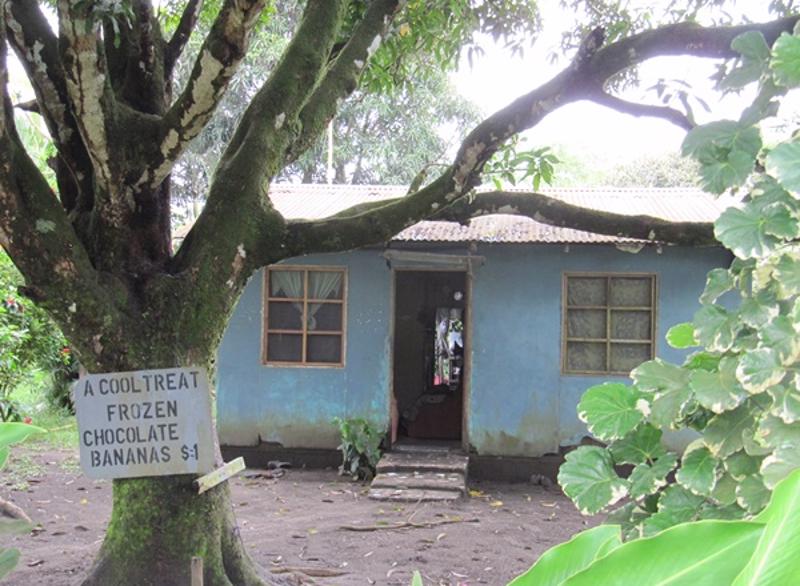

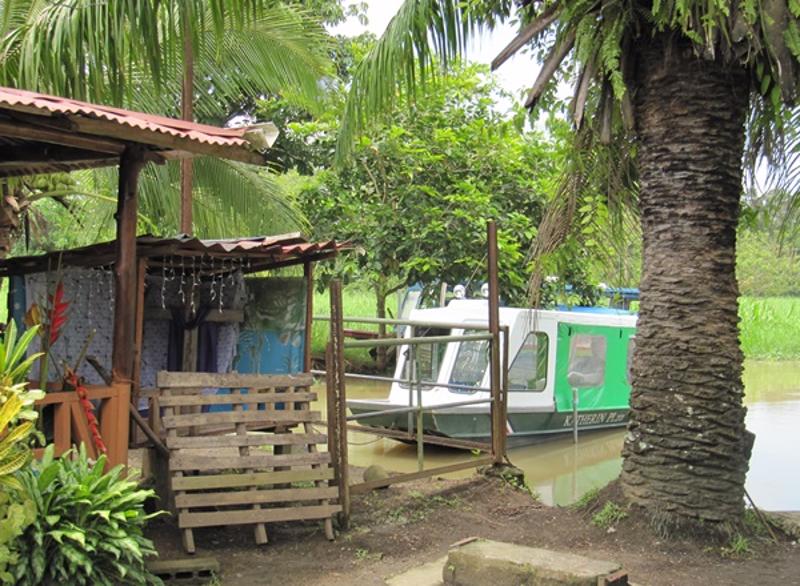
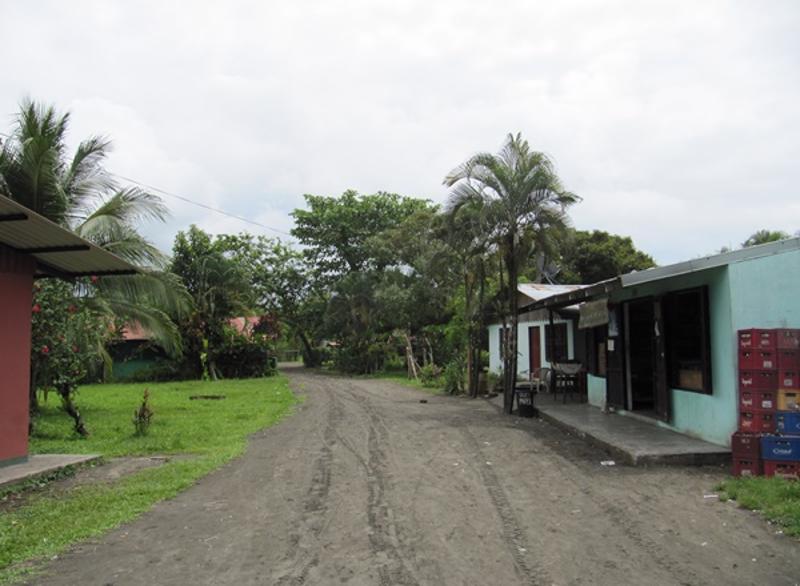
was just finishing up her nestling process, but as we dug the sand for the eggs, we found it had already been emptied as well…
At least the turtles were out, so we hoped for better luck on our way back… and came across a Green Turtle whose nesting season doesn’t even start until July!! Well, this particular individual seemed intensely disturbed: she laid one single infertile egg (instead of 110) in 40 minutes. And when she had finally finished camouflaging the nest, she almost ran into the bushes instead of back into the sea. Maybe it was us who disturbed her, but other than the Leatherback, the Green Turtle needs protection until she returns into the sea, as her meat is considered tasteful.
Mrs Green Turtle kept her bodyguards (us) waiting until 5.15 AM, so when we reached the village we walked in daylight.
Tired, but VERY happy!
Maak je eigen dagboek
Voeg eenvoudig verhalen toe aan je dagboek in onze online editor of app
Voeg je afbeeldingen toe en kies je pagina-indelingen
Deel je reis in realtime zonder gedoe!